Should you fully charge your eBike battery? Learn about the right charging practices, battery health recommendations, and perfect charge cycles to lengthen your batteries’ lives. Ultimately, this data helps you make more informed decisions for a better ride.
Full Charge or Not? Electric bike battery myths debunked
Electric bikes are now ubiquitous, and their growing popularity indicates that they will soon transition from a hobby or techie item to a completely new transportation category. An ebike means freedom: whether you’re a daily commuter flying smugly past gridlock or an eco-friendly cyclist leaving fewer footprints, if off-roading is more your thing, then so are we. However, with this technological marvel comes the riddle that leaves many enthusiasts puzzled—store your e-bike battery charges or charge it fully?
The Rise of Ebikes
Ebike booms over the world. These electric marvels let you stomp around city streets or cruise mountain trails with a mix of convenience, environmental benefits, and good-old two-wheeled fun. Bikes are no longer riding niches, an eclectic love letter to riders everywhere. They cater to city residents who require a quick and environmentally friendly mode of transportation, as well as off-road enthusiasts who enjoy exploring unknown trails. This popularity surge not only signifies a move towards sustainable mobility but also stirs important questions around battery upkeep.
Understanding Ebike Battery
Understanding the fundamentals is key when it comes to managing your e-bike battery properly. There are two primary types of e-bike batteries: lithium-ion and nickel-metal hydride. Lithium-ion is more common given its higher capacity and less weight. Characteristics of the battery are denoted by words such as ‘capacity’ (the amount of energy that can be stored) or ‘charging cycles’, which denote how many times a battery is able to be charged and discharged before its capacity seriously fades.
The size of your battery pack determines how much range you get from a single charge. Knowing this will allow you to plan your trips better. There are several ways to refer to these batteries, which I will discuss later. You might want an understanding of these basics so you know the best way to charge your ebike and give it as long a life cycle as possible.
Busting Battery Myths
There are numerous myths surrounding e-bike batteries, particularly those related to charging. Many people hold the belief that overcharging could damage the battery. That said, many contemporary systems also have overcharging protections built in. As soon as the battery gets to 100 percent, they stop charging. Storage and charge-cycle concerns also contribute to the confusion.
No, you shouldn’t need to completely drain your device before recharging it. Actually, partial charging is normal and does not damage the battery. By understanding these truths, you can confidently manage and care for your ebike’s battery, dispelling some myths.
The Significance of the First Full Charge
Your e-bike battery is very important, and the first full charge! It’s from recalibrating the battery management system (BMS) and seeing a more accurate result before we reach charge. While lithium-ion batteries don’t have the ‘memory effect,’ starting with a full charge can establish good routine charging practices.
It also lets you see the full capacity of a battery—sort of like how doing an absolute top-up on your phone can help to recalibrate it; this helps with cycling through what estimates will reoccur. This practice is laying the foundation for proper battery management over the lifetime of your ebike.
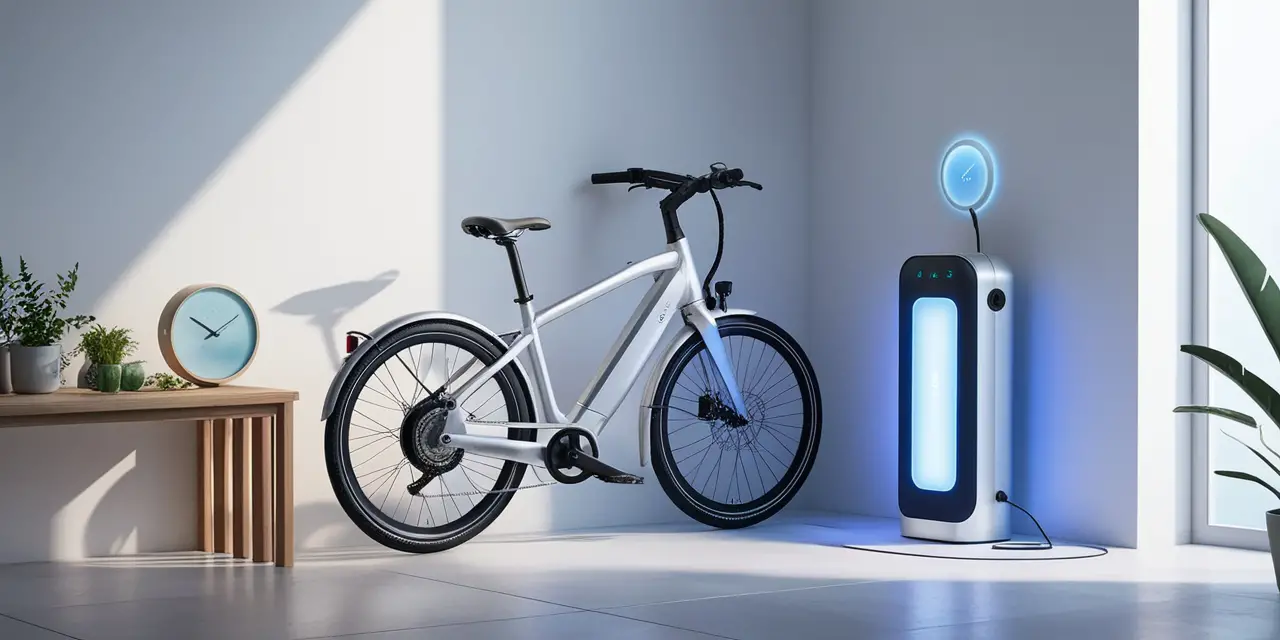
Tips for Maximizing Battery Life
Want to make the most out of your e-bike battery? Follow these practical tips for extending its life and range:
- Optimal Charging:
Do not discharge your phone lower than 20 percent, and if possible, avoid a full charge and stop charging up at around 80 percent instead. This can be a great practice to do, as this allows less stress on your battery and will prolong the life cycle of your battery.
- Storage Practices:
When you put the electric bike in storage for more than 2 weeks, it should be stored at about a 50% charge. Keep it in a cool and dry place to make sure of its shelf life.
- Regular Maintenance:
Wash the battery contacts to eliminate any dust and keep them in their best hygiene. Any object that is not properly maintained will experience an inordinate amount of wear and tear.
Follow along; these tips can help improve your riding and maintain the efficiency of your e-bike battery for years to come.
Real-World Experiences
Battery care is something a lot of ebike enthusiasts have some good stories they can tell you about. For example, when Lisa—a city commuter who complied with all of the best charging practices for utilizing her battery first—attritionally succeeded to double his range. Then there was Tom, a thrill-seeker who found out the ebike he stored in his garage had succumbed to its battery on a day out… with him high up the mountain trail.
There examples drive home the importance of battery upkeep and how much it can affect daily experience as well as long-term ownership. Although you can learn a lot about how to take care of an e-bike battery if exposed to the events others have experienced with their own batteries.
The Future of Battery Technology
Battery technology has been carrying the biggest change in innovation for ebikes. Enter solid-state batteries and even higher energy densities with quicker charge times. All of this promises even greater efficiency and convenience for actual ebike riders, making it easier to enjoy long rides without having to repeatedly stop or remain idle retarging.
But as they move out of the desert and onto our drivetrains, these technologies will be a quantum leap in ebikes, showing us what we can hope for when it comes to the perfect blend between power units integrating into today’s mainstream tech—one where batteries are recharged by breathing. Keeping yourself informed about these can get you off the line in time for whatever e-bike craze may be coming next.
Conclusion: Charge responsibly for a greener tomorrow.
Here is what we know: the misconception, an overview of how far your ebike can go on a full charge as well as why it’s different than having to put in more fuel (cat, not gas), and finally battery care (best practices). That way you get a longer life span out of your battery, and it improves ride quality across the board.
People can lead a more sustainable lifestyle by allowing battery recycling to work for the planet. For more help about maintaining your ebike and staying updated with new technology, visit our Resources & Guides. Your ebike, and as such, you are more than another statistic to gas companies. You’re an advancement toward a cleaner planet.

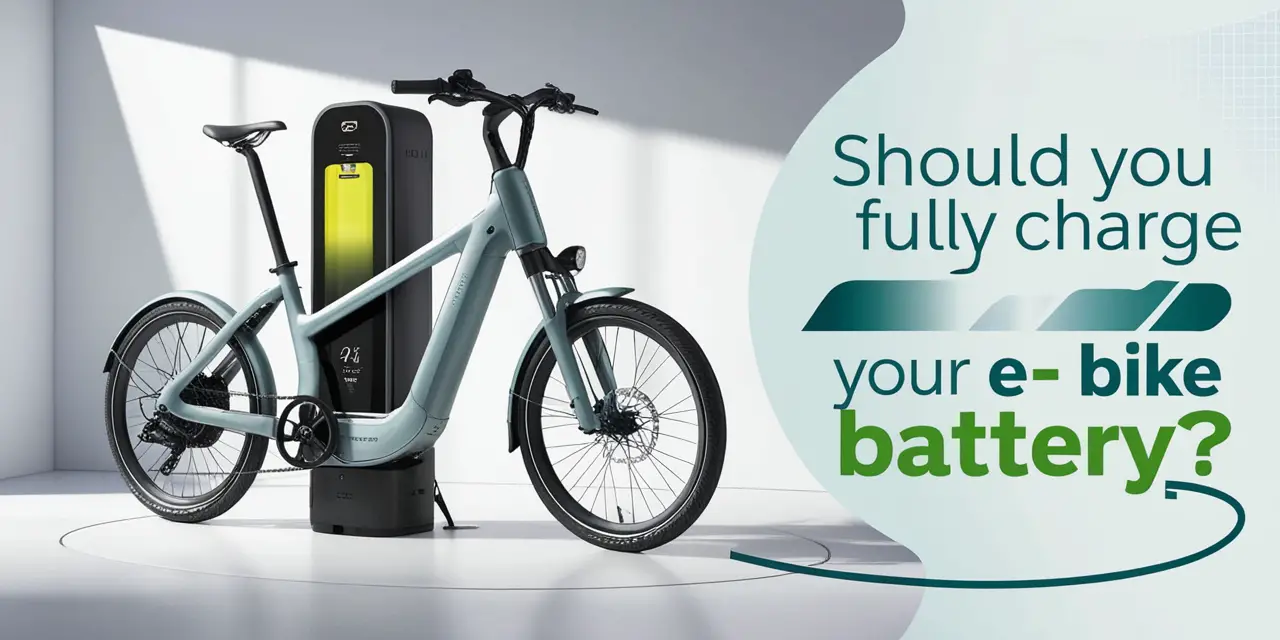

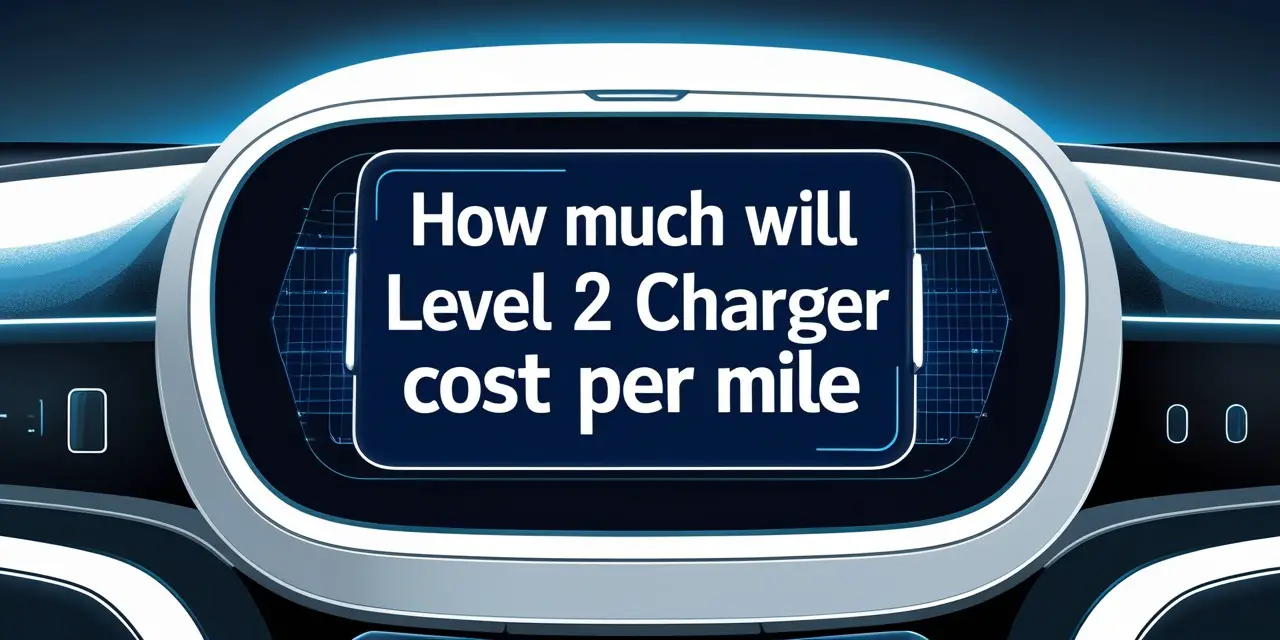
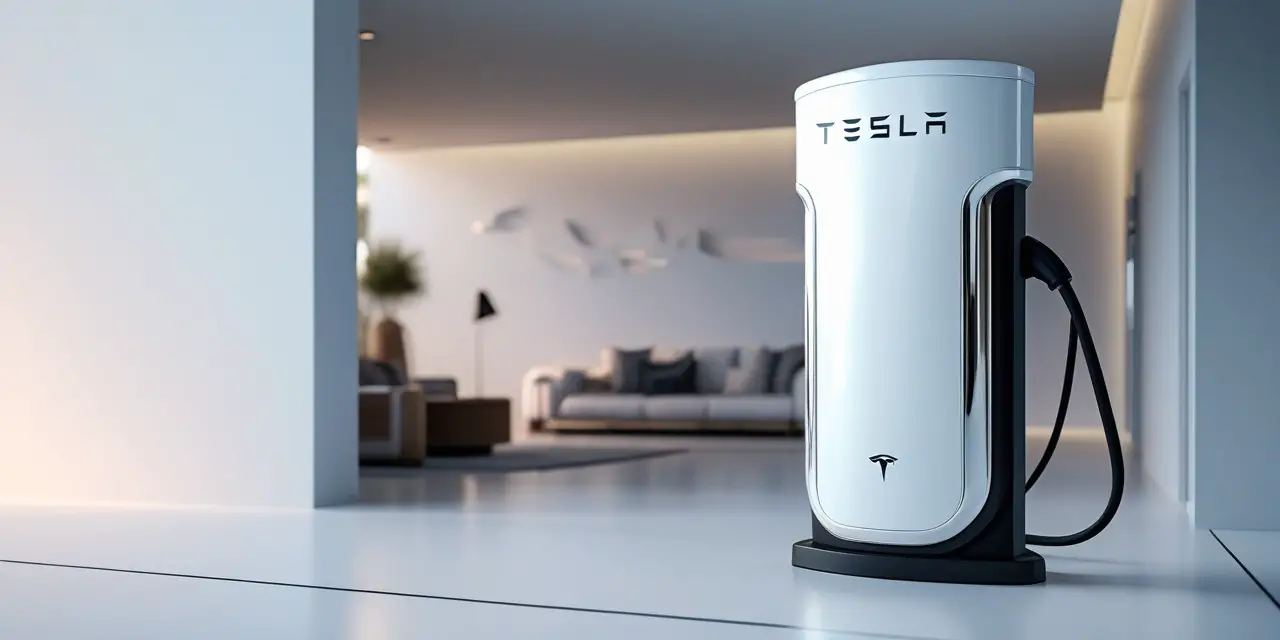
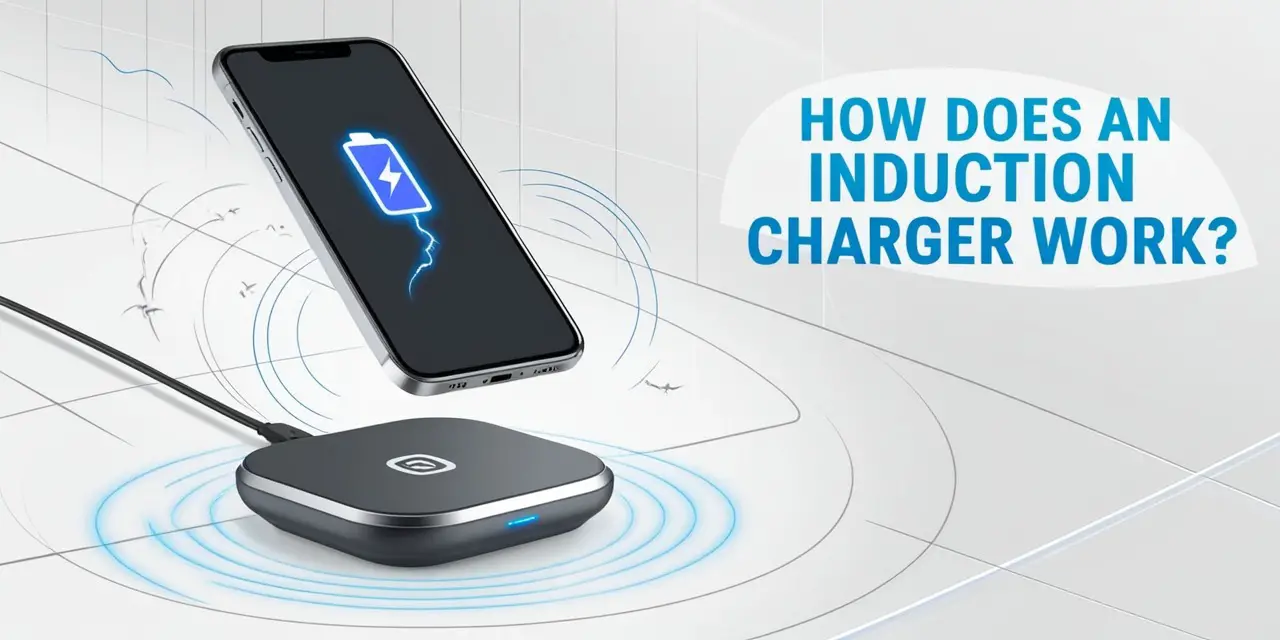

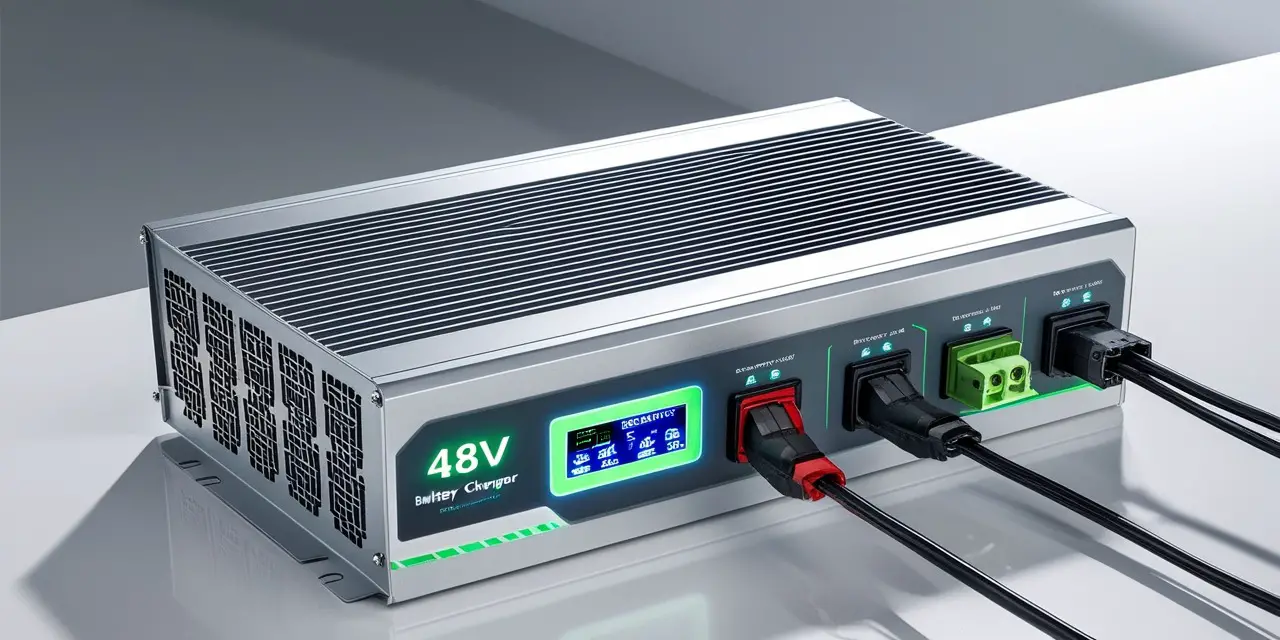

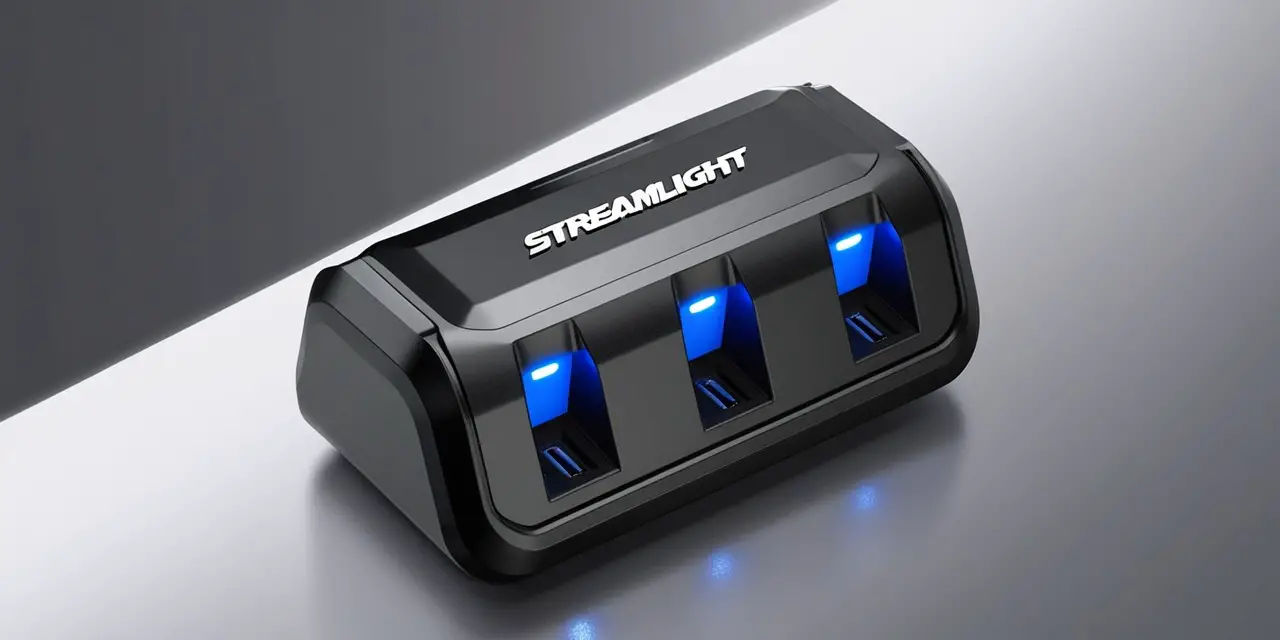
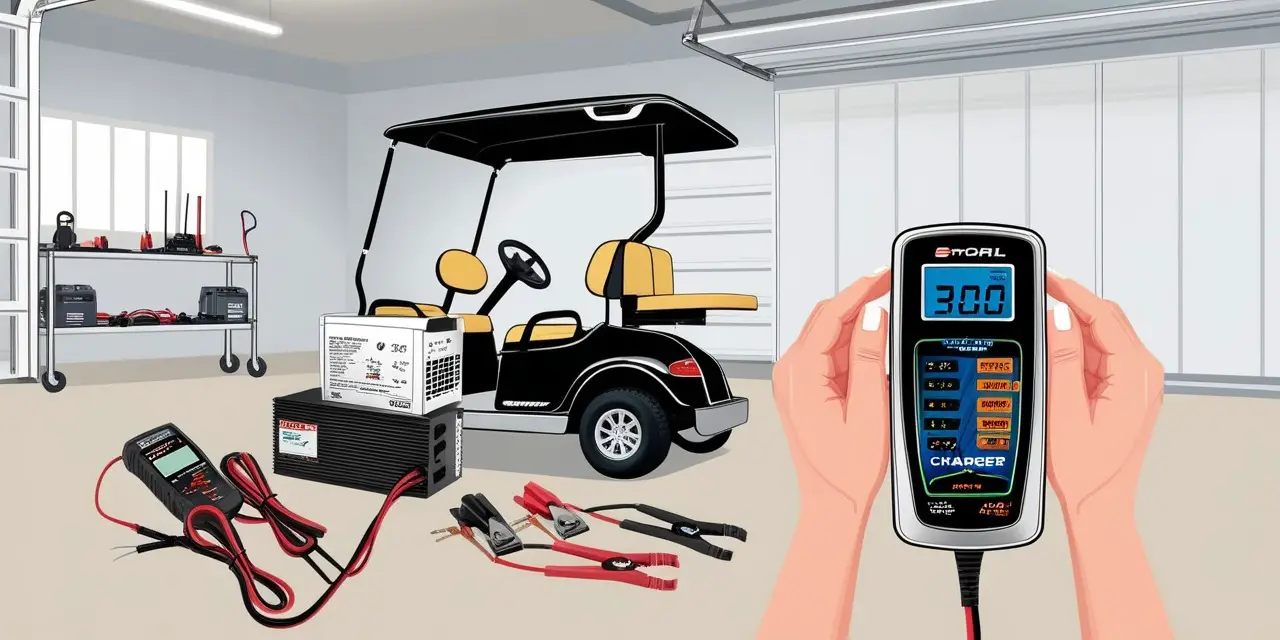
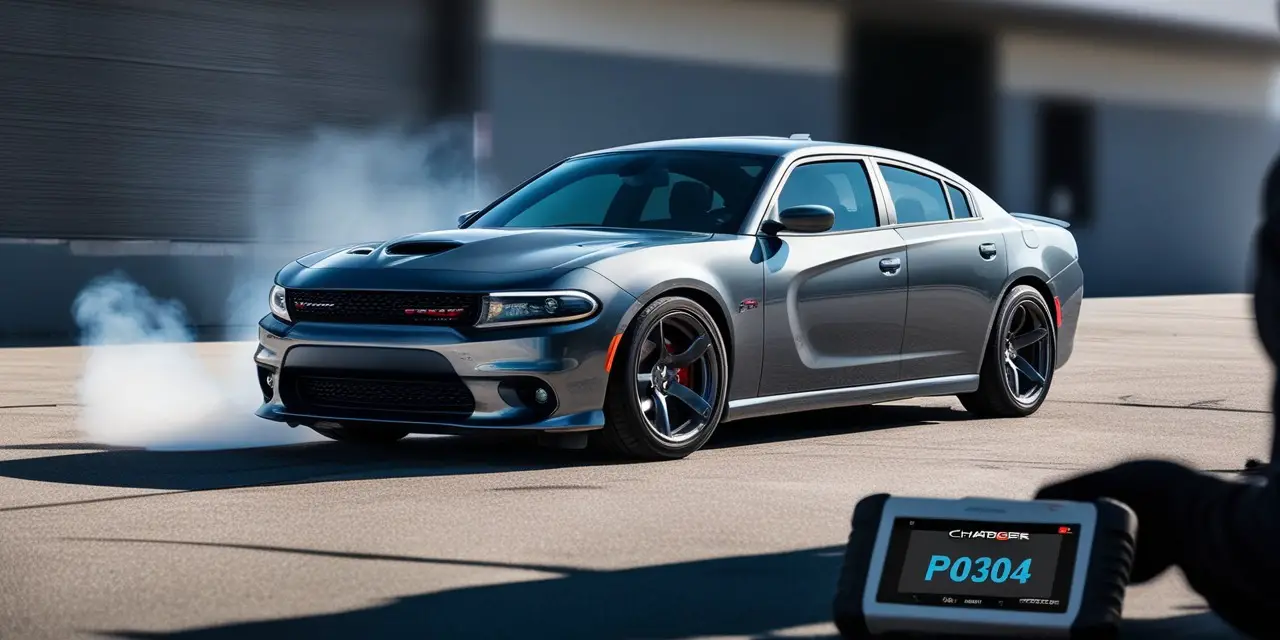
Leave a Reply